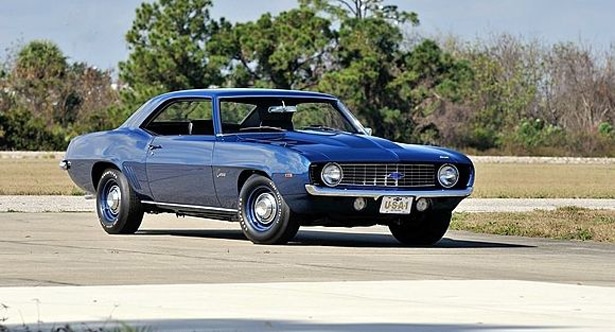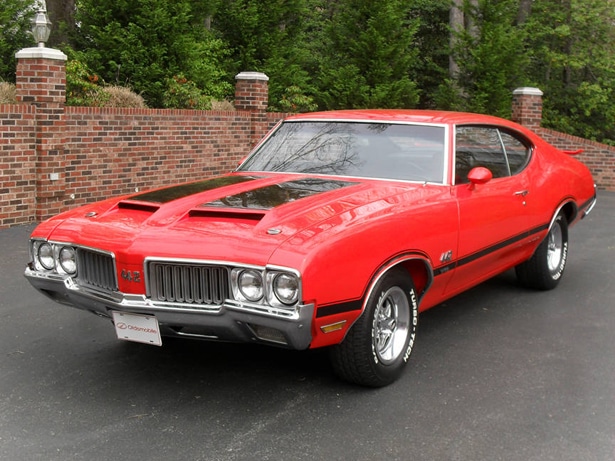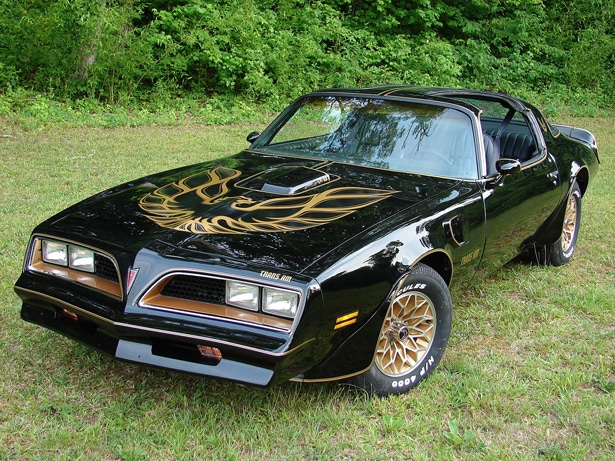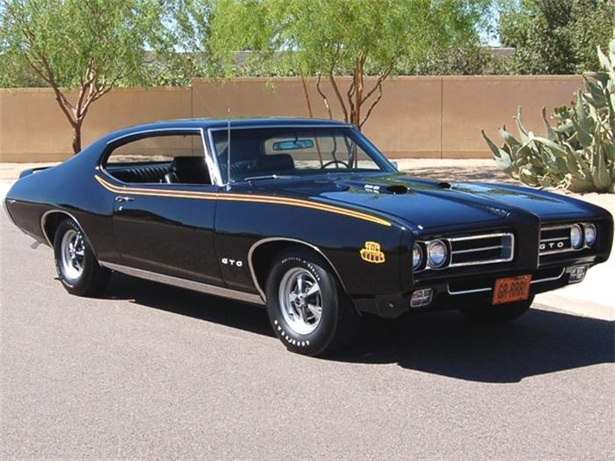There is something magical about the muscle cars produced during the 60s and 70s. These mid-sized muscle machines had amazing style and presence that will likely not ever be reproduced again. Americans still hold that golden era of V8 greatness close to their heart. There are some surprising facts however that even the biggest muscle car enthusiast may not know.

1968 Ford Mustang Shelby GT500
So many Mustang collectors initially try to get their hands on the first few years of production. The 1965 and 1966 GT 350s are the ones that seem to go for the highest selling price. They were both light and quick cars out on the drag strip. However, in the 1967 and 1968 models the motors were beefed up quite a bit to produce more horsepower.
The newer models came with 355 horsepower 428 cubic-inch big-block engines. Dragsters were now pulling 14 second times in the quarter-mile. This was pretty quick in the day. The 67 and 68 models were also fitted with flashier style and a larger hood scoop to accommodate all that additional power.
One fact that most enthusiasts don’t know is that the 1967 Shelby Mustangs used Mercury Cougar tail lamps, but the 1968 models used lamps from the ’66 Ford Thunderbird.

1969 COPO Camaro
COPO stands for Central Office Production Order. It was a system developed by Chevrolet and was intended only for fleet sales. There were stain proof interiors available that were intended for taxi-cabs. There were also heavy-duty suspensions available that were supposed to fitted in police cars back in the late 60s.
There were some ingenious auto dealers that figured out how to order Camaros with some of these fleet features. They used special ordering codes and managed to get their customers these specialty Camaros. Chevrolet really never intended nor wanted these Camaros to be produced, but they certainly slipped through the system.
The production Camaro came with a 427 big-block V8 that produced 425 horsepower. It was the same engine that was going into the same year Corvette. The ultra rare COPO 9560 was fitted with an aluminum ZL-1 427 V8. This motor was officially rated to only have 430 horsepower, but this just simply isn’t true. There are many of these engines that were able to be tuned to produce closer to 550 horsepower. That is a huge difference in power! Only 69 ZL-1 Camaros were ever made so if you are looking to get your hands on one you better be ready to dish out around $400,000.
The most interesting and surprising fact is that the aluminum ZL-1 427 V-8 in the 9560 COPO Camaro was basically an engine developed for racing and was never meant to be released on the streets. In fact it was originally developed for the Chaparral racing team to be used in the Can Am series.

1970 Oldsmobile 442
We have an entire article on the Oldsmobile 442. It is fairly well known that the 442 name comes from its four-barrel carburetor, four-speed manual, and dual exhausts. Many know that it was based off the GM platform of the Chevy Cutlass just like the Chevy Chevelle and the Pontiac GTO. The 442 also had a similarity with the GTO that it was only available as a trim package when first introduced.
By 1970 the Oldsmobile 442 was producing 360 horsepower out of the 455 cubic-inch V8 when it was also equipped with additional W30 parts. Some were even able to produce 500 lb-ft of torque. All this muscle allowed the Olds 442 to go from 0-60 in under 6 seconds. This was pretty quick for the day and is even a decent time in 2015.
What some 442 enthusiasts might not know is that actor James Garner used a 1970 Olds 442 to take second in class in the NOORA Mexico 1000. The vehicle was sponsored by Goodyear tires and was know as the Goodyear Grabber.

1978 Pontiac Firebird Trans Am
We also have a fun and informative article that is all about the Firebird Trans Am. There are a few secrets though that we are just releasing now. By the early 70s the muscle car revolution was pretty much a thing of the past. Skyrocketing gas prices, high insurance premiums and EPA emission laws caused automakers to change their tune.
Pontiac however fought tooth and nail to keep muscle cars on the road. Riding on the success the Trans Am received from starring in Smokey and the Bandit, Pontiac upped the horsepower in the Trans Am from 200 to 220. This was certainly bucking all of the manufacturing trends of major automakers.
Pontiac also produced an upgrade package for the Trans Am called the WS6. It included wider 8 inch tires, a sport-tuned suspension and much tighter steering. The results were amazing and actually out performed the Corvette around the track.
A fairly unknown fact is that the Trans Am T-tops were originally made by Hurst and were referred to as the Hurst Hatch. Only downfall of the Hurst tops is that they leaked. Therefore Pontiac took over producing T-tops part way through 1978 with the the assistance of GM’s Fisher body division. Therefore some of the 1978 Trans Am models have Hurst T-tops and the rest have Fisher tops.
It is pretty easy to tell the difference when comparing them as the Fisher glass tops are larger than the ones made by Hurst.

1969 Pontiac GTO Judge
To many muscle car enthusiasts the 1964 GTO is regarded as the very first muscle car that was mass produced for the public. By 1968 every automaker had caught up with Pontiac muscle and they needed to take things to a new level. John Delorean and his team at Pontiac built a new version of the GTO that was named after a popular skit on the TV show Rowan and Martin’s Laugh-In. The “Judge” had a 360 horsepower Ram Air II engine in the base model and customers could also opt for the bigger 370 horsepower Ram Air IV. There was also the elusive Judge Ram Air IV convertibles. Good luck ever finding one as only 5 were ever made.
Here is a fun fact about the GTO Judge. The first TV commercial for the Judge featured the rock band Paul Revere and the Raiders singing about the GTO. Jim Wangers, author of the book Pontiac Pizazz, claims that the lead singer, Mark Lindsay, was a car guy and loved the Judge so he decided to write a song about it. Wangers also claims this commercial is considered one of the earliest rock-music videos. Check out the commercial in the video below.
